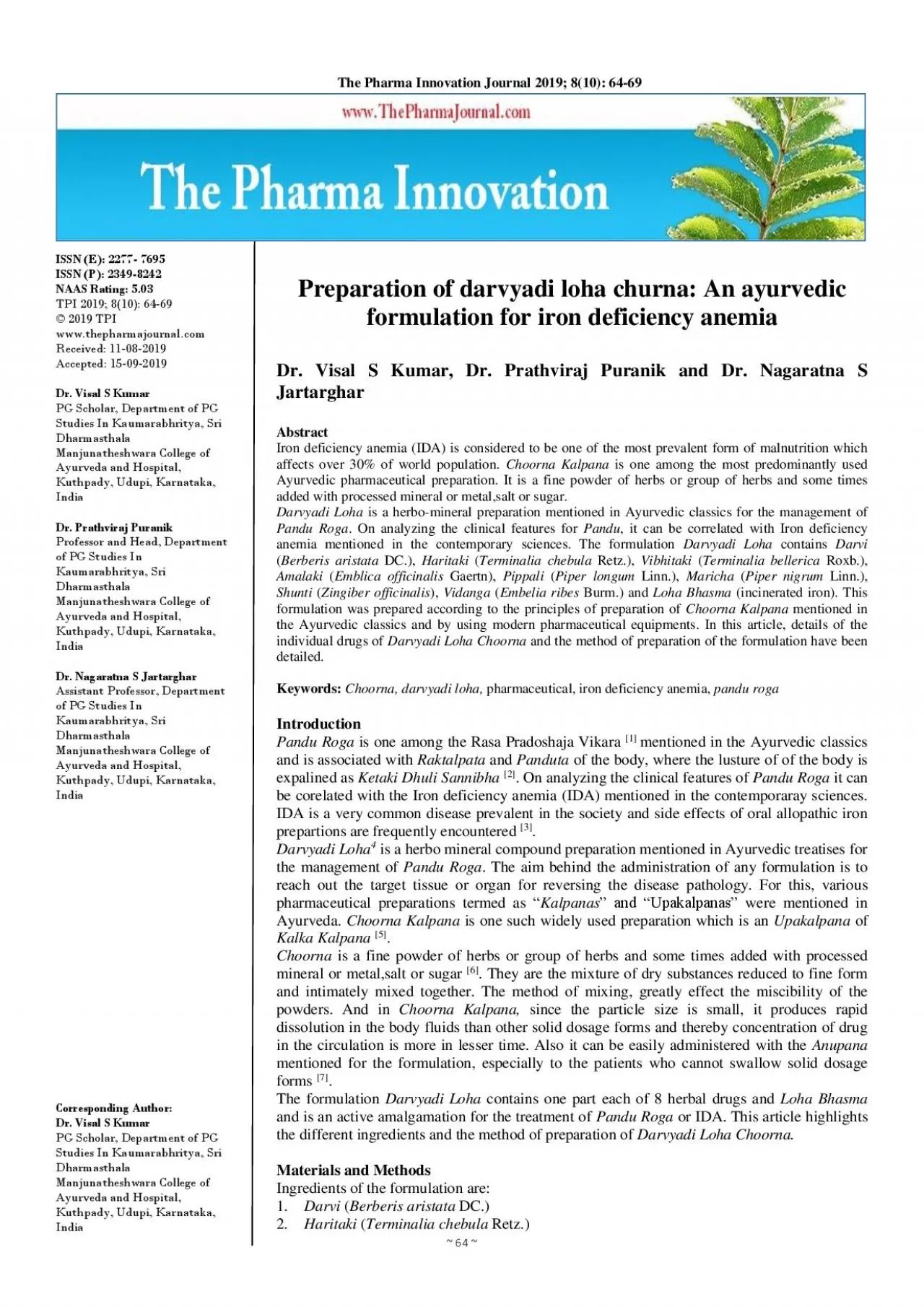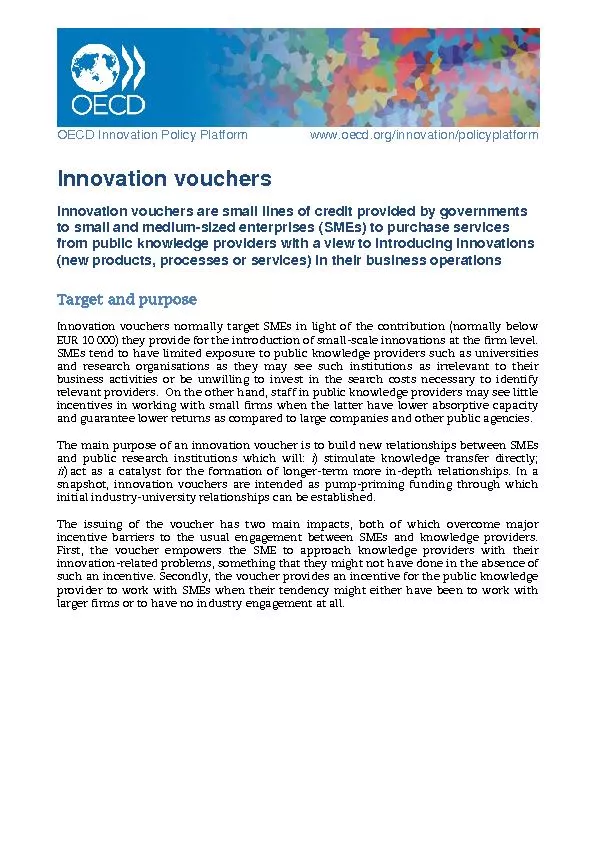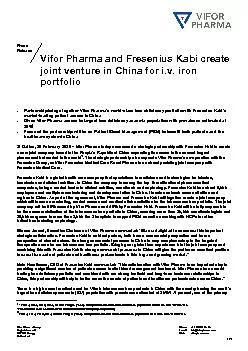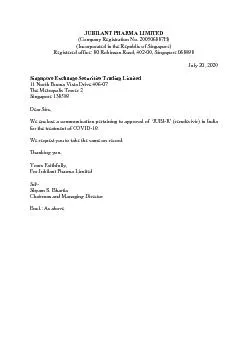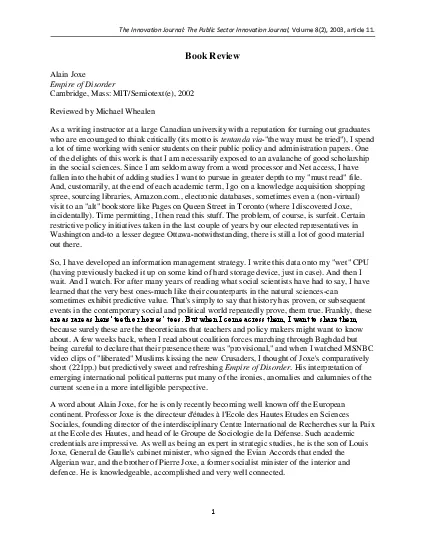PDF-The Pharma Innovation Journal
Author : jocelyn | Published Date : 2021-08-18
6420198106469ISSN E 22777695ISSN P 23498242NAAS Rating 503TPI 2019 8106469 2019 TPIwwwthepharmajournalcomReceived 11082019Accepted 15092019Dr Visal S KumarPG Scholar
Presentation Embed Code
Download Presentation
Download Presentation The PPT/PDF document "The Pharma Innovation Journal" is the property of its rightful owner. Permission is granted to download and print the materials on this website for personal, non-commercial use only, and to display it on your personal computer provided you do not modify the materials and that you retain all copyright notices contained in the materials. By downloading content from our website, you accept the terms of this agreement.
The Pharma Innovation Journal: Transcript
Download Rules Of Document
"The Pharma Innovation Journal"The content belongs to its owner. You may download and print it for personal use, without modification, and keep all copyright notices. By downloading, you agree to these terms.
Related Documents

